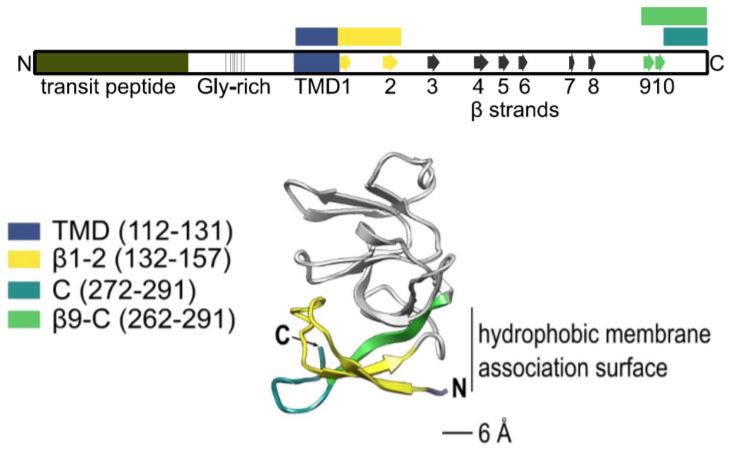
Hold Me, Fold Me...or Not!
Blog, Research, The Plant Cell, The Plant Cell: In BriefIt's not just human relationships that may require a chaperone to prevent inappropriate interactions. Numerous proteins in organisms from Escherichia coli to us, especially hydrophobic membrane proteins, also require chaperones in aqueous environments to prevent inappropriate interactions such as aggregation…

Tomatoes turn pale in the heat: high temperature reduces red and green pigmentation via phytochromes
Blog, Plant Physiology, Plant Physiology: News and Views, ResearchThe gardeners among us know that direct sunlight is a prerequisite to obtain full-sized, bright red tomato (Solanum lycopersicum) fruits. Indeed, light increases the accumulation of yellow and red carotenoid pigments, particularly lycopene, in ripe tomato fruits while it also boosts chlorophyll levels…
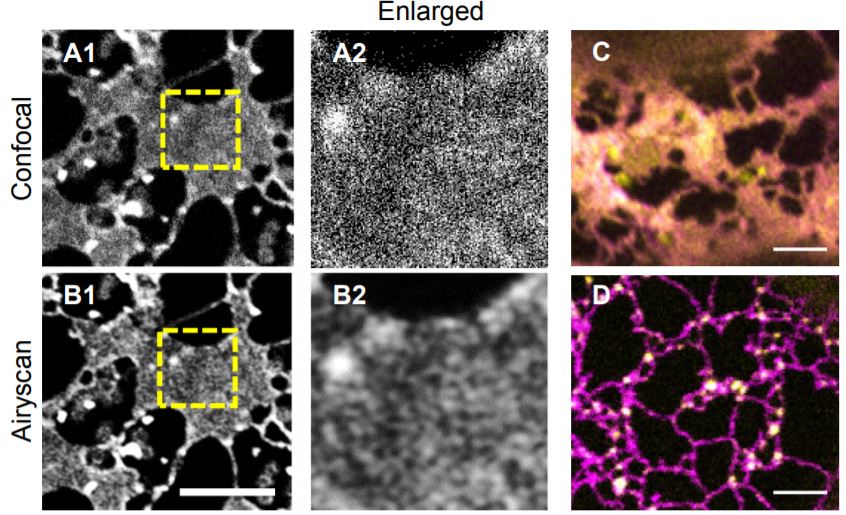
A Once-Hidden ER Matrix Reveals the Totally Tubular Function of LUNAPARKs in Plants
Blog, Research, The Plant Cell, The Plant Cell: In BriefThe endoplasmic reticulum (ER) is an organelle that is vital for many cellular processes such as protein and lipid synthesis, calcium signaling, detoxification, and movement of other organelles. It forms an intricate meshwork in the cell cortex that is comprised of highly dynamic interconnected tubules…

The biogenesis of CLEL peptides involves several processing events in consecutive compartments of the secretory pathway (eLIFE)
Plant Science Research WeeklySmall signaling peptides are cleaved from precursor proteins by the action of proteases and are also subject to other post-translational modifications. Subtilases (SBT) are mostly extracellular proteases, but SBT6.1 is membrane-localized at the Golgi and plasma membranes. Furthermore, it has been shown…

High-throughput CRISPR/Cas9 mutagenesis streamlines trait gene identification in maize (Plant Cell)
Plant Science Research WeeklyMaize has provided some fascinating mutants and developmental insights, but its genomic complexity has made it more difficult (for example as compared to rice) to identify agronomically important genes. Liu et al. describe a new high-throughput method to integrate forward- and reverse-genetics to identify…
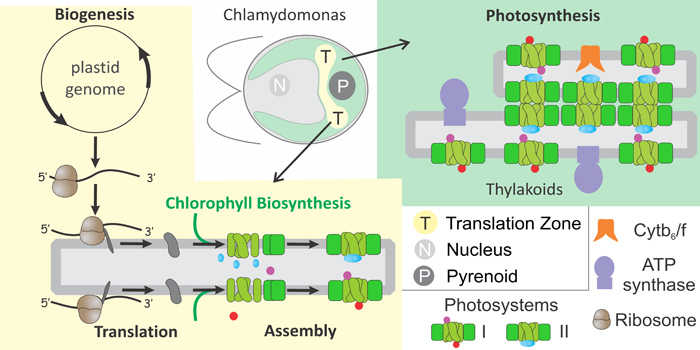
The photosystem factory in chloroplasts
Research, The Plant Cell, The Plant Cell: In a NutshellSun et al. reveal the subcellular organization of photosystem biogenesis in Chlamydomonas. Plant Cell https://doi.org/10.1105/tpc.19.00263
by Melissa Valente-Paterno, Yi Sun and William Zerges. Department of Biology, Concordia University.
Background: Cells localize intracellular processes to…
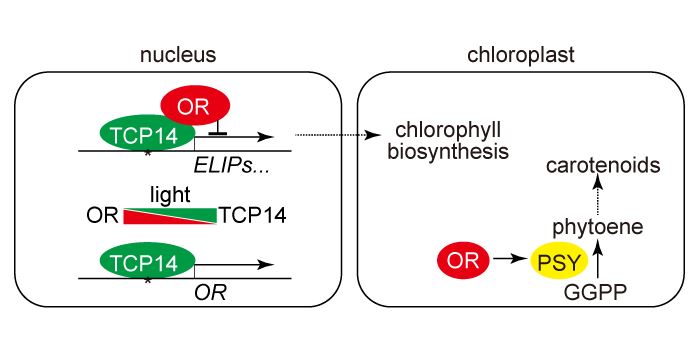
Arabidopsis OR Represses the Greening of Cotyledons while It Is in the Nucleus
Research, The Plant Cell, The Plant Cell: In a NutshellSun et al. showed that OR interacts with TCP14 in the nucleus of dark-germinated seedlings and reduces chlorophyll biosynthesis, thylakoid membrane development and expression of EARLY LIGHT-INDUCIBLE PROTEINS, and that subsequent illumination relieves this repression. Plant Cell https://doi.org/10.1105/tpc.…
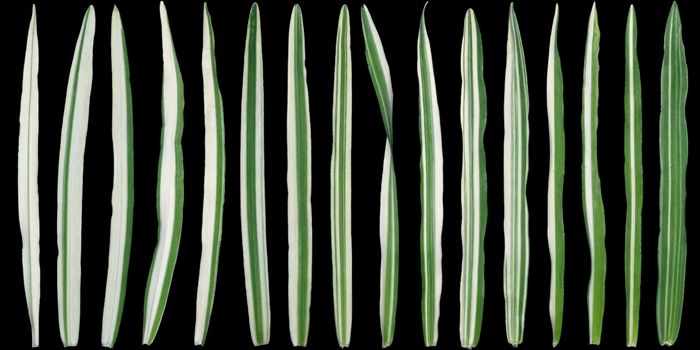
HvCMF7 – a Key Switch of Chloroplast Differentiation in Barley
Research, The Plant Cell, The Plant Cell: In a NutshellLi et al. identify the gene underlying the long-studied variegated albostrians mutant of barley. Plant Cell https://doi.org/10.1105/tpc.19.00132
By Mingjiu Li, Leibniz Institute of Plant Genetics and Crop Plant Research (IPK), Germany
Background: Chloroplasts are the site of photosynthesis, which…

